
Analysis of the Function and Industry Background of Solar Pump Inverters
1. What is a Solar Pump Inverter?
A solar pump inverter, also known as a solar variable frequency drive (VFD) or solar pump controller, is a specialized electronic power conversion device. It is the intelligent core of a solar-powered pumping system.
Its primary function is to convert the Direct Current (DC) electricity generated by solar photovoltaic (PV) panels into Alternating Current (AC) electricity. However, unlike a standard solar inverter that feeds power into a grid, the solar pump inverter uses this converted power to control and run an electric submersible or surface water pump.
The key differentiator of a solar pump inverter is its Maximum Power Point Tracking (MPPT) technology. It continuously monitors and optimizes the output of the solar array to draw the maximum possible power and deliver it to the pump motor, despite varying sunlight conditions throughout the day.
2. What is its Role and Function?
The role of a solar pump inverter is to serve as the efficient, reliable, and intelligent bridge between the solar panels and the pump motor. Its main functions include:
-
DC to AC Conversion: It inverts the DC from the panels into AC with the correct voltage and frequency required by the standard AC pump motor.
-
Maximum Power Point Tracking (MPPT): This is its most critical function. The power output of a solar panel changes with sunlight intensity and temperature. The MPPT algorithm constantly adjusts the electrical operating point of the modules to ensure they are delivering their maximum available power. This maximizes water flow and system efficiency, especially during early mornings, late afternoons, and cloudy days.
-
Variable Frequency Drive (VFD) Function: Instead of running the pump at a fixed speed, the inverter varies the frequency of the AC power supplied to the motor. This allows the pump's speed to be precisely matched to the available solar power.
-
High Sun: Full speed, maximum water output.
-
Low Sun (e.g., clouds, sunrise/sunset): Slower speed, but still pumping. A traditional system without an inverter would simply stop working.
-
-
Soft Start: It gradually ramps up the motor speed instead of applying full power instantly. This drastically reduces the mechanical stress on the pump and the starting current (which can be very high), leading to longer equipment life.
-
Protection and Monitoring: Modern inverters provide comprehensive protection for the entire system, including:
-
Dry-run protection: Shuts off the pump if the water source is depleted to prevent motor damage.
-
Over/under voltage protection: Protects against voltage surges or drops.
-
Overload and overcurrent protection: Safeguards the motor from burning out.
-
Phase loss protection.
-
Many feature digital displays or remote monitoring capabilities for system status, performance data, and fault diagnostics.

3. Why Did This Industry Emerge?
The solar pump inverter industry emerged and has grown rapidly due to a powerful convergence of global needs, technological advancement, and economic factors:
1. Water and Energy Scarcity:
Billions of people, particularly in remote and arid regions (e.g., parts of Africa, Asia, the Middle East, and rural farms worldwide), lack access to a reliable electricity grid but have abundant sunlight and a critical need for water. Diesel-powered pumps are a common alternative, but they are plagued by:-
High and volatile fuel costs.
-
Significant transportation logistics for fuel in remote areas.
-
Environmental pollution (greenhouse gas emissions and soil contamination from spills).
-
High maintenance requirements.
Solar pumping presented a clean, silent, and sustainable solution. The inverter was the key technology that made this solution efficient and practical.
2. Technological Advancement and Cost Reduction:
The drastic fall in the cost of solar PV panels (over 80% in the last decade) made the initial investment in solar power much more feasible. Simultaneously, advances in power electronics made MPPT algorithms and robust inverters more efficient, reliable, and affordable. This created a viable market for complete solar pump systems.3. Agricultural Demand and Economic Sense:
Agriculture is the largest consumer of freshwater globally. For farmers, water for irrigation is their lifeline. Solar pump inverters turned a significant operational expense (diesel or grid electricity costs) into a predictable capital expense with near-zero operating costs. The return on investment (ROI) became very attractive, freeing farmers from fuel costs and allowing for more irrigation, which leads to increased crop yield and food security.4. Government Incentives and Environmental Goals:
Many governments around the world, from India to the United States, promote solar water pumping through subsidies and incentives. This is driven by goals to:-
Reduce carbon emissions and combat climate change.
-
Reduce dependence on fossil fuel imports.
-
Enhance rural development and agricultural productivity.
-
Conserve water by often integrating the systems with efficient drip irrigation.
5. Reliability and Automation:
A system with a solar pump inverter is incredibly reliable. It has no moving parts (except the pump itself) and requires minimal maintenance. Furthermore, it enables full automation—the pump simply runs whenever the sun shines, filling storage tanks without any human intervention. This saves significant labor time and cost.In summary, the solar pump inverter industry emerged as the essential technological enabler that solved the critical trifecta of energy access, water security, and economic sustainability by harnessing the sun's power, making it a cornerstone of modern off-grid agricultural and water supply solutions.
-
-
-
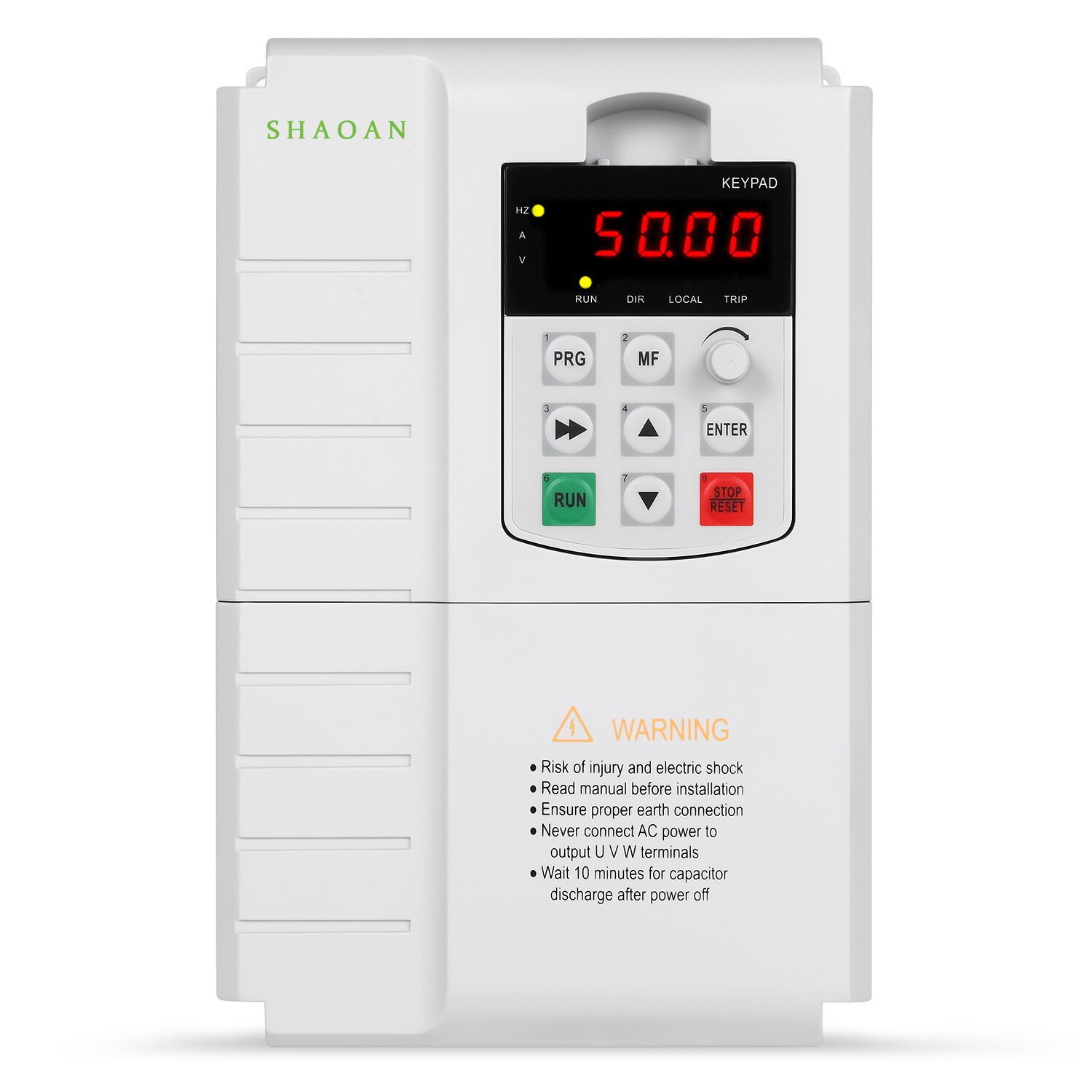
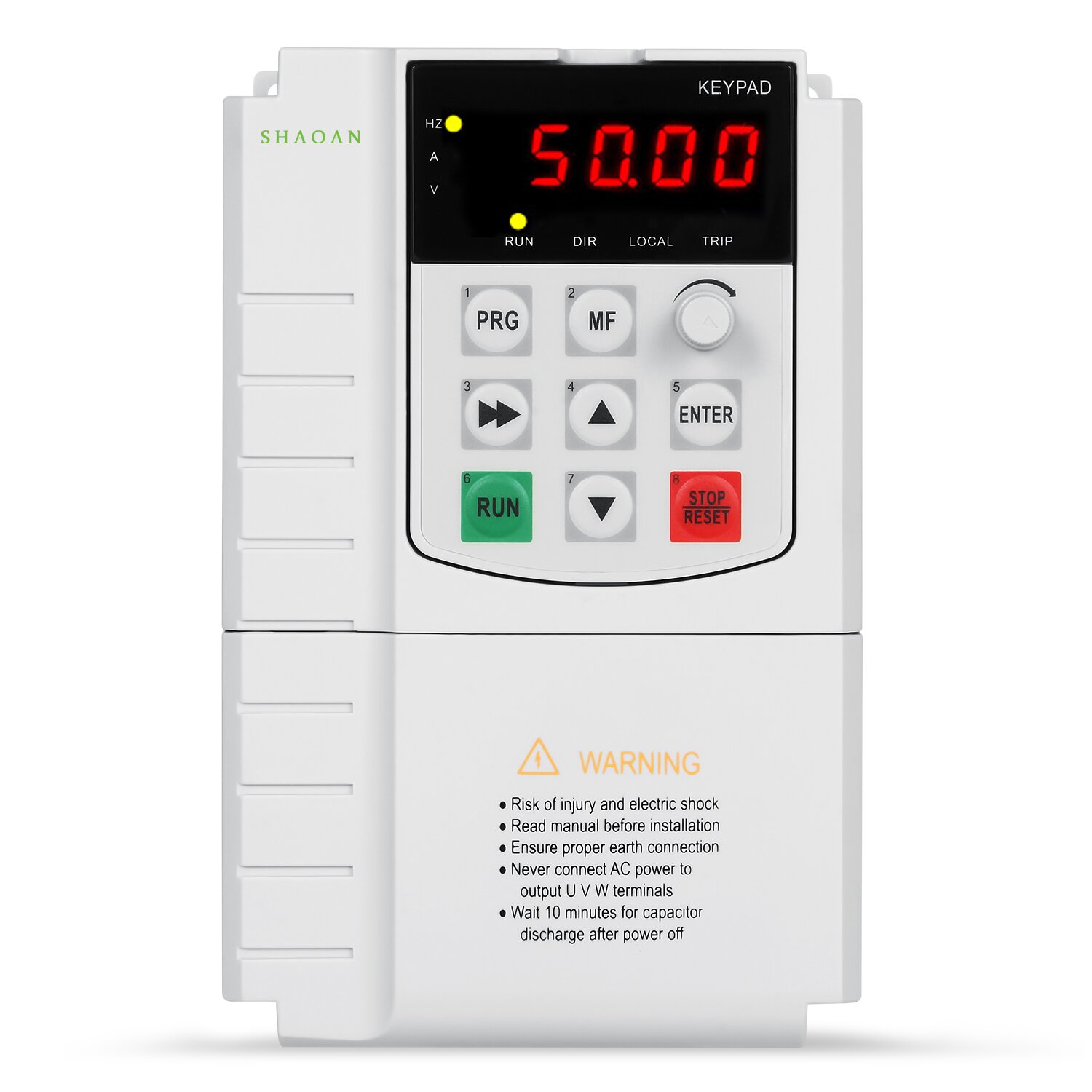
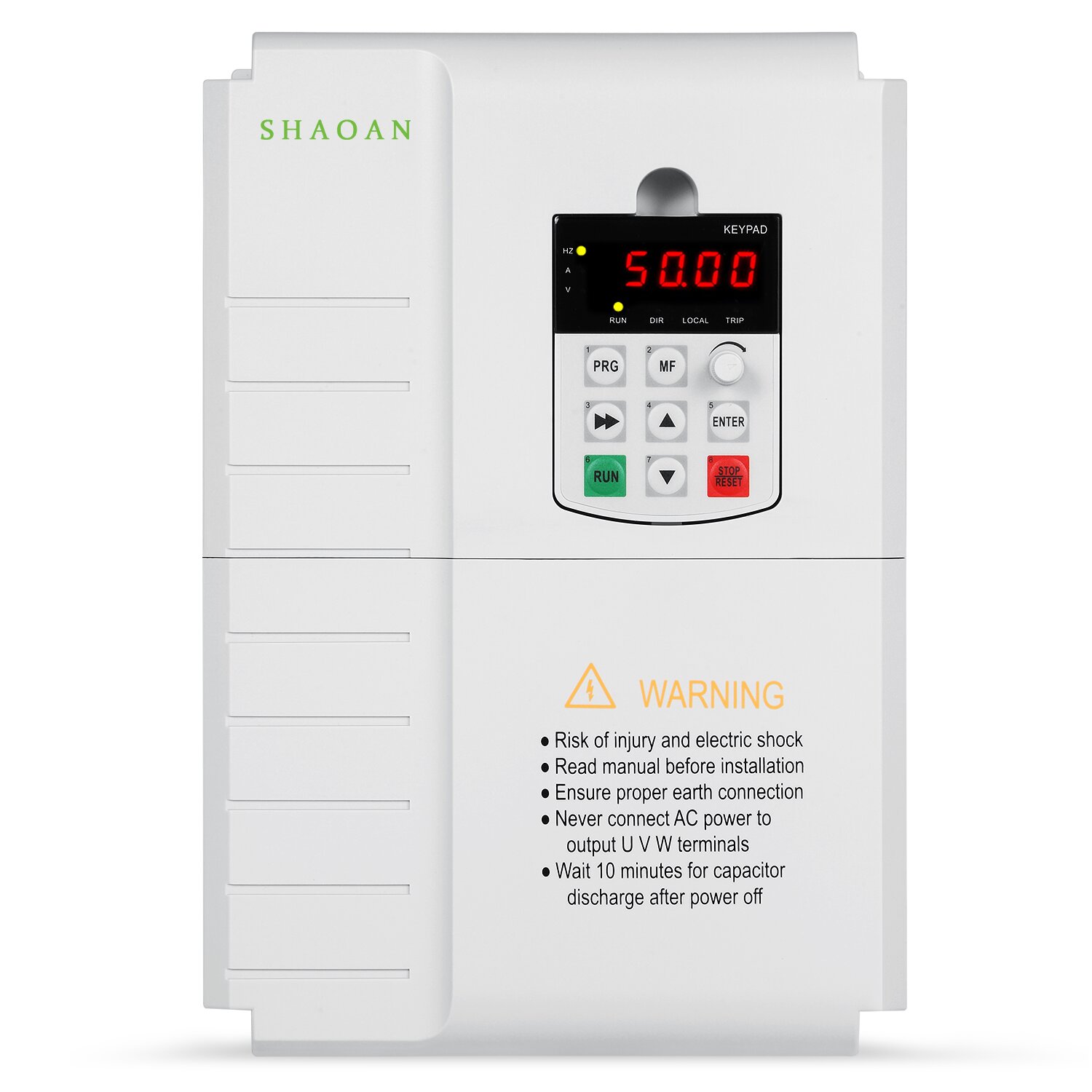

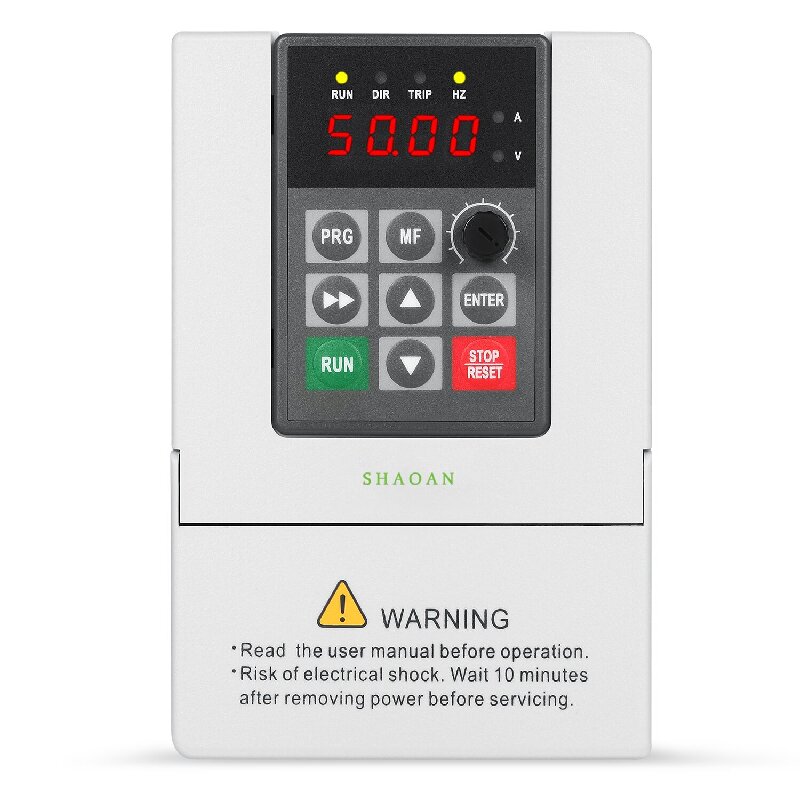
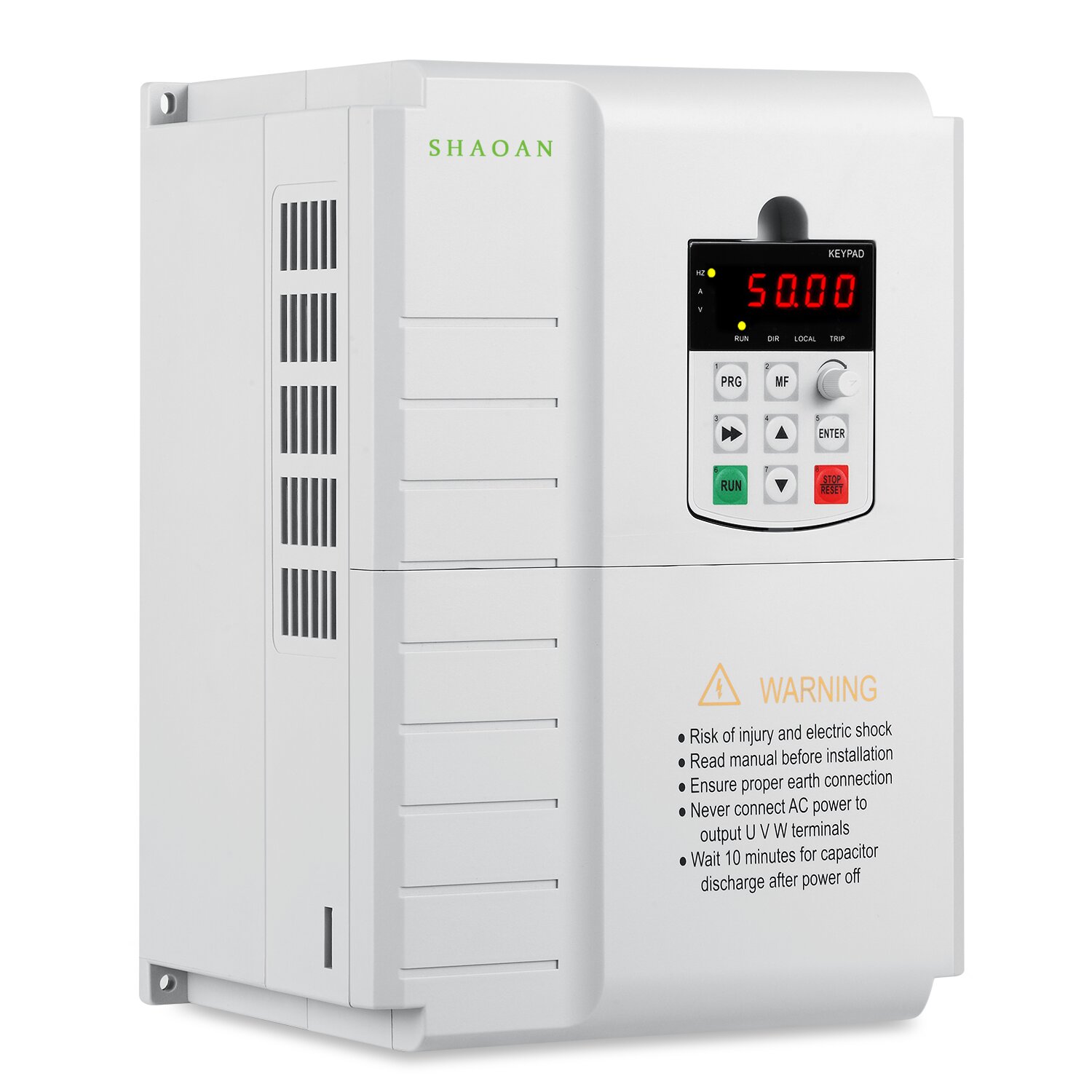
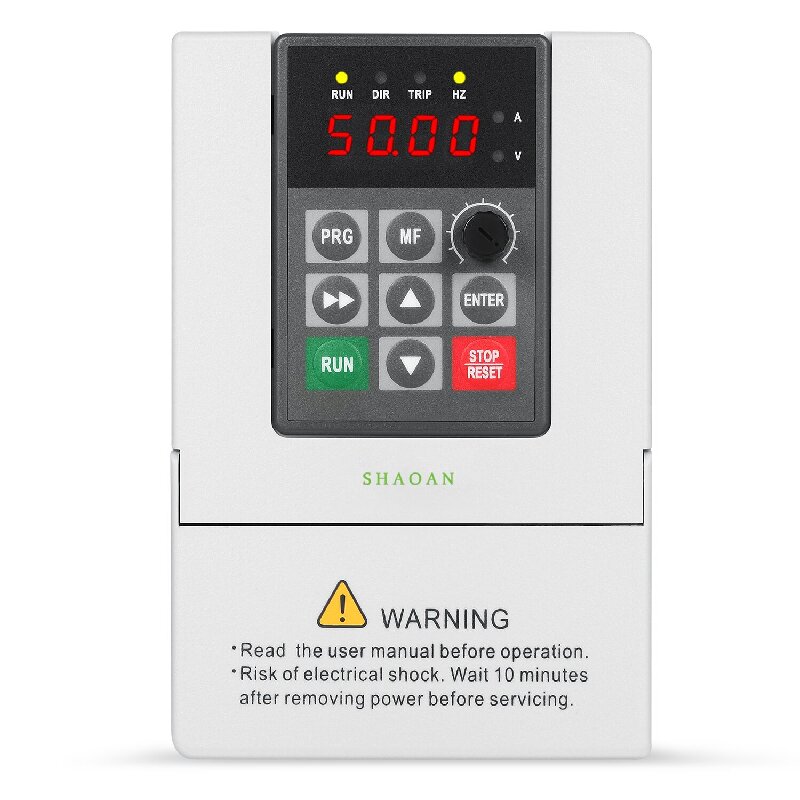






 IPv6 network supported
IPv6 network supported